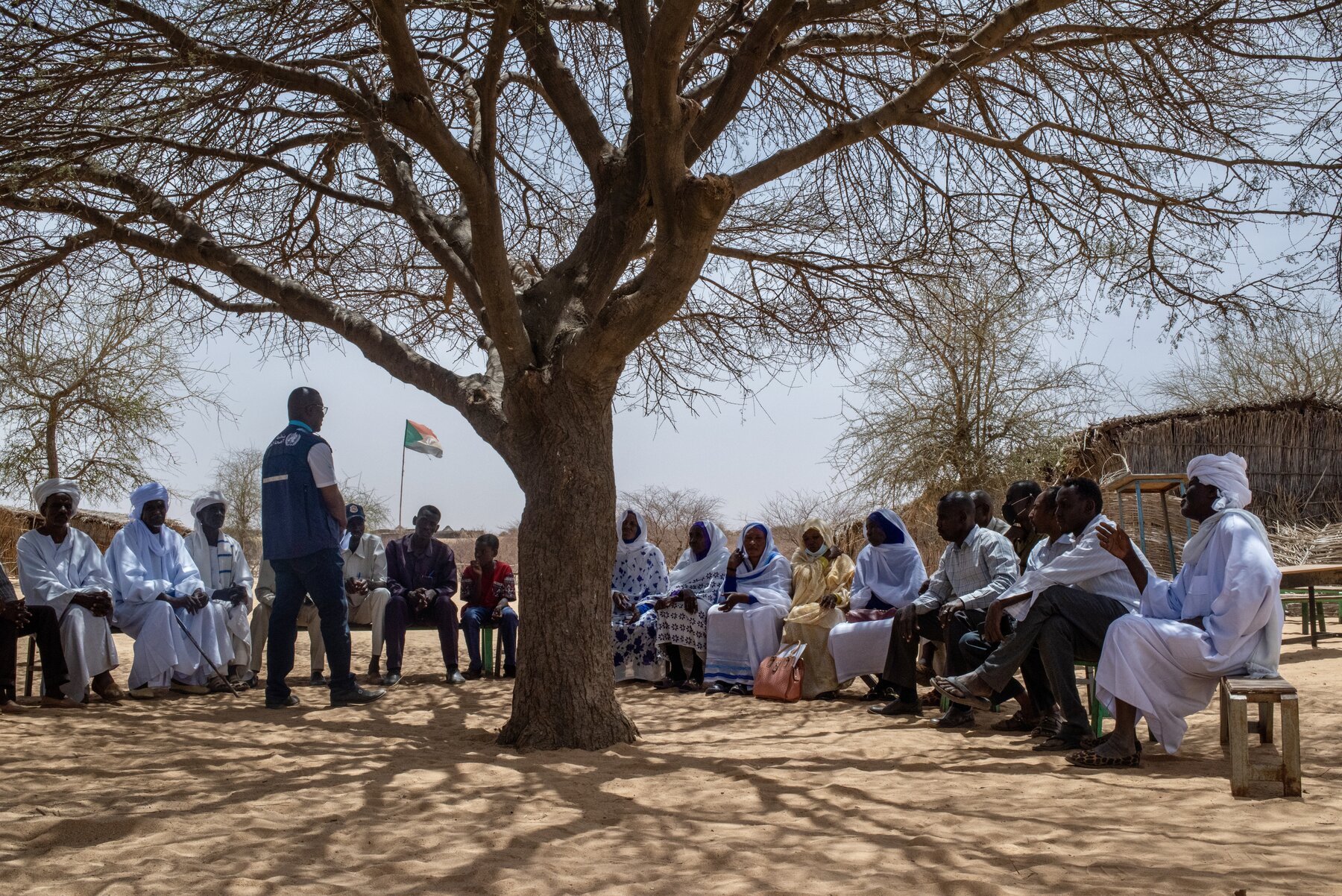Building Country Capacity for Data Analysis and Use
29 March 2018

Despite substantial investments, many countries continue to face multiple challenges related to the quality of data gathered at health facilities and capacity to analyse and use this data to support decision-making that will accelerate Universal Health Coverage. Furthermore, fragmented data management systems used by health programmes (such as malaria, HIV, tuberculosis and immunization), are often disconnected from a comprehensive national facility data system and operating in isolation.
To address these challenges, Health Data Collaborative partners (including WHO, NORAD, the University of Oslo, The Global Fund, Gavi, and UNICEF) have collaborated to establish an integrated, harmonized approach to strengthening health facility data quality, analysis and use.
This has resulted in the development of international standards for health facility data, including core indicators to guide collection of the most pertinent data, methods for assessing data quality, and guidelines for analysing data. These data standards have been consolidated into a WHO toolkit comprising modules on mortality and morbidity, health services management for district and national planners, as well as a set of programme-specific modules for data on HIV, tuberculosis, malaria, immunization, and maternal and child health. Additional modules on non-communicable diseases, neglected tropical diseases, nutrition, and surveillance are in development.
This is the first time that data collection and analysis standards that are applicable across multiple health programmes have been consolidated into a comprehensive guidance. This will also enable cross-cutting analysis of data across programmes that are targeting overlapping patient populations. For example, as HIV patients are often also afflicted with tuberculosis, programme managers find it useful to analyse both sets of data together.
How can countries access these standards and guidelines?
This standards-based approach can be used by countries through any software platform. However, a growing number of countries are adopting District Health Information System 2 (DHIS 2), to replace paper-based data collection. Using DHIS 2 as a common data platform, a “health app” is being developed as a free downloadable plug-in that provides easy access to all of the programme-specific modules as well as the data quality review toolkit and recommended indicators.
As more countries adopt the use of common data standards, reliable comparisons of health trends across countries will also become possible. As a result, this harmonized approach will strengthen health data for use at all levels, whether it be by a local hospital manager, a national decision-maker, or a global donor.
The package of data standards and harmonized approach was introduced in a multi-country workshop, organized by WHO and financially supported by The Global Fund and Gavi, that took place 27 February-2 March 2018 in Athens, Greece. Participants included country teams from Malawi, Myanmar, Pakistan, Tanzania, Uganda and Zimbabwe (comprising focal points for HIV, TB, malaria, immunization and HMIS); regional experts, independent consultants, DHIS2 expert users; HDC partners (BMGF, CDC, CHAI, GAVI, The Global Fund, UNAIDS, UNICEF, USAID, University of Oslo), and WHO HQ, regional and country offices.
Going forward, next steps include implementation of the approach in countries and documentation of best practices and enabling factors such as governance mechanisms, infrastructure and human resource capacity. These experiences will inform efforts to scale up the approach in a greater number of countries.

